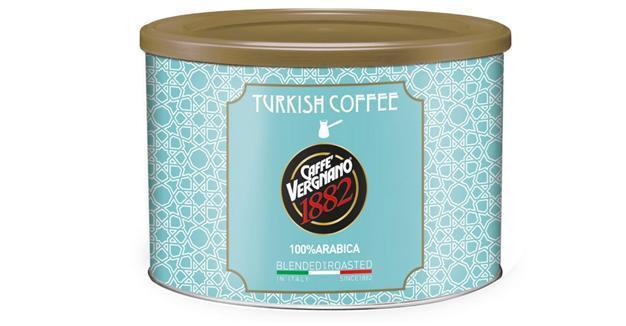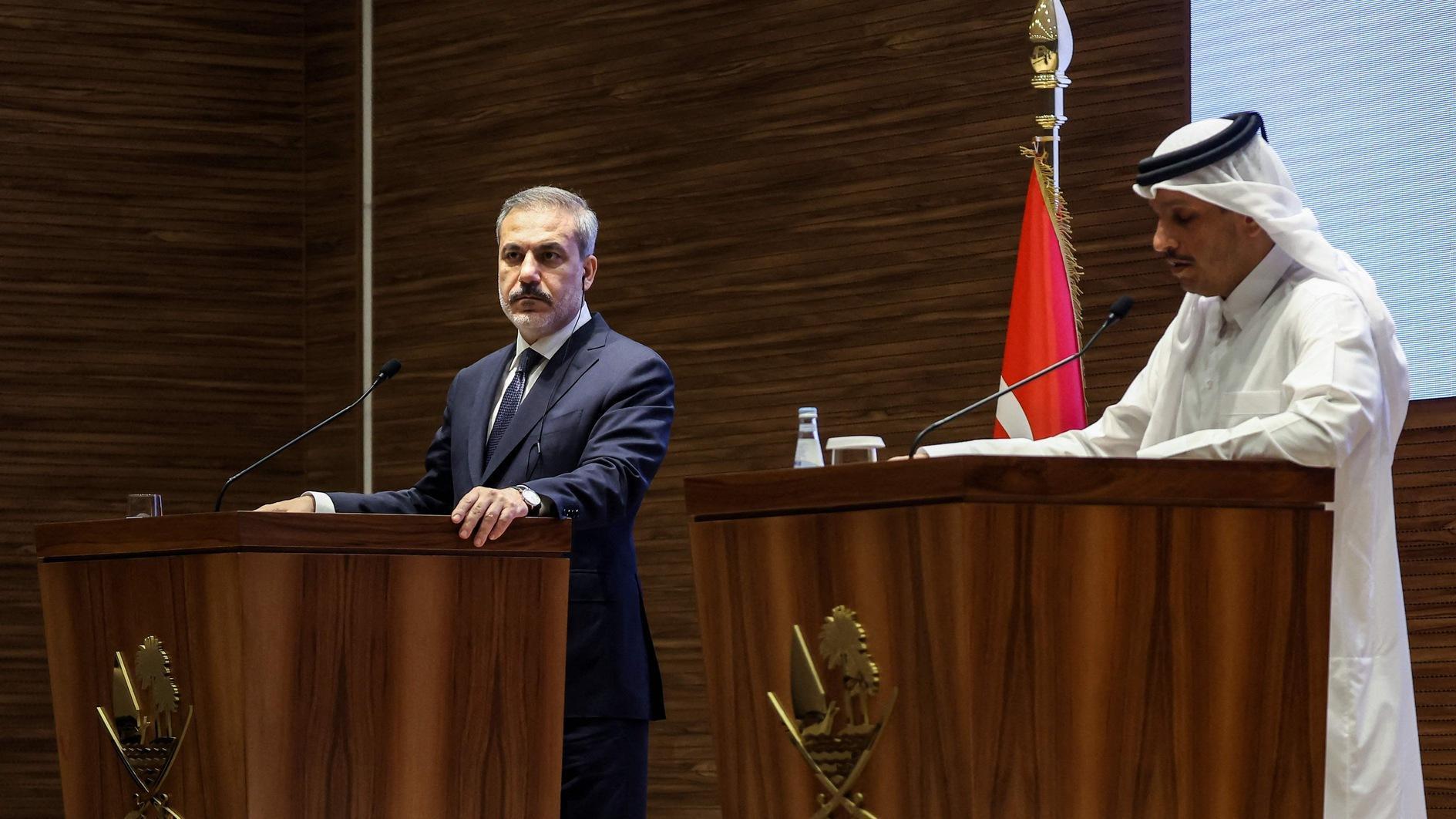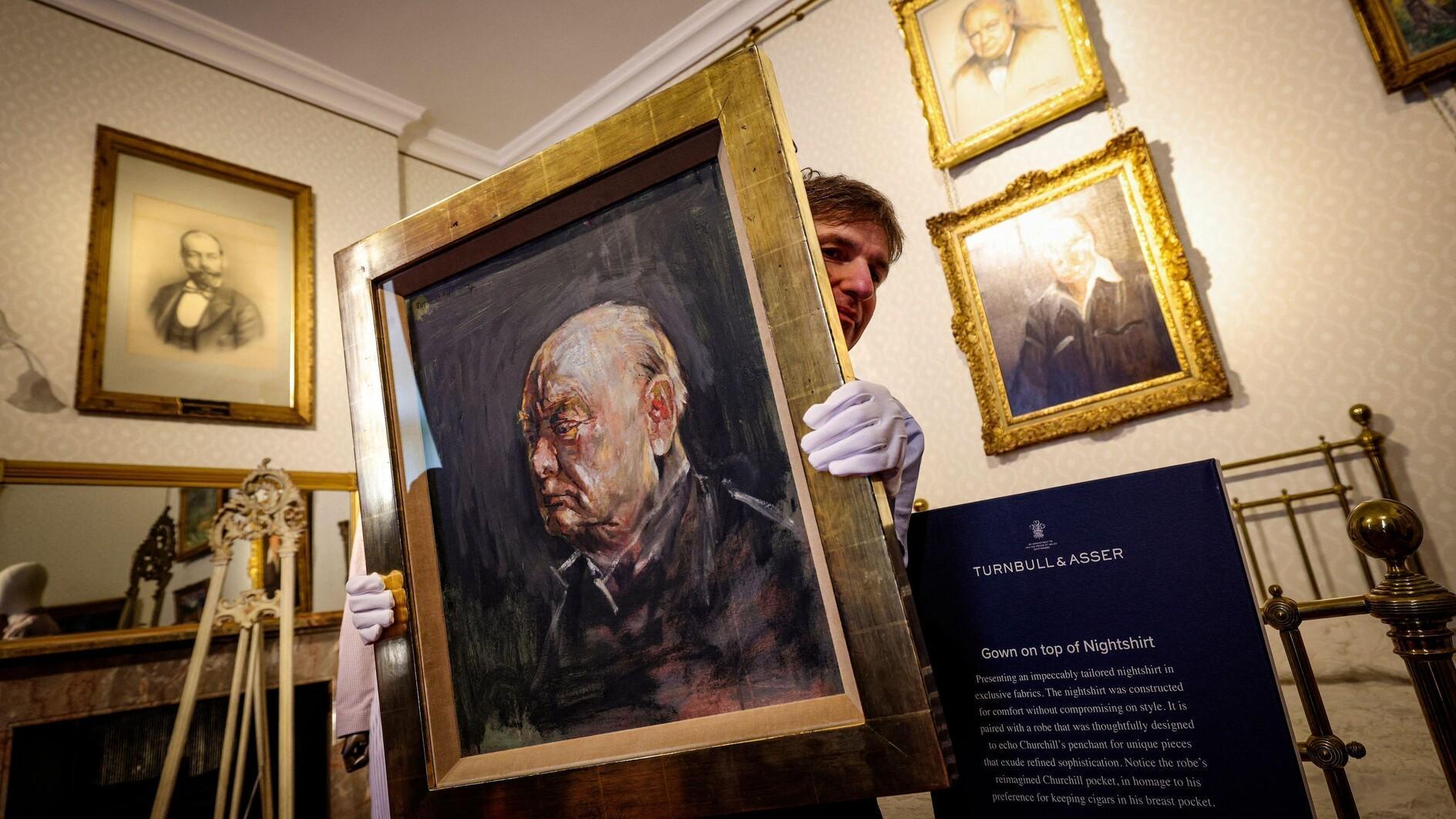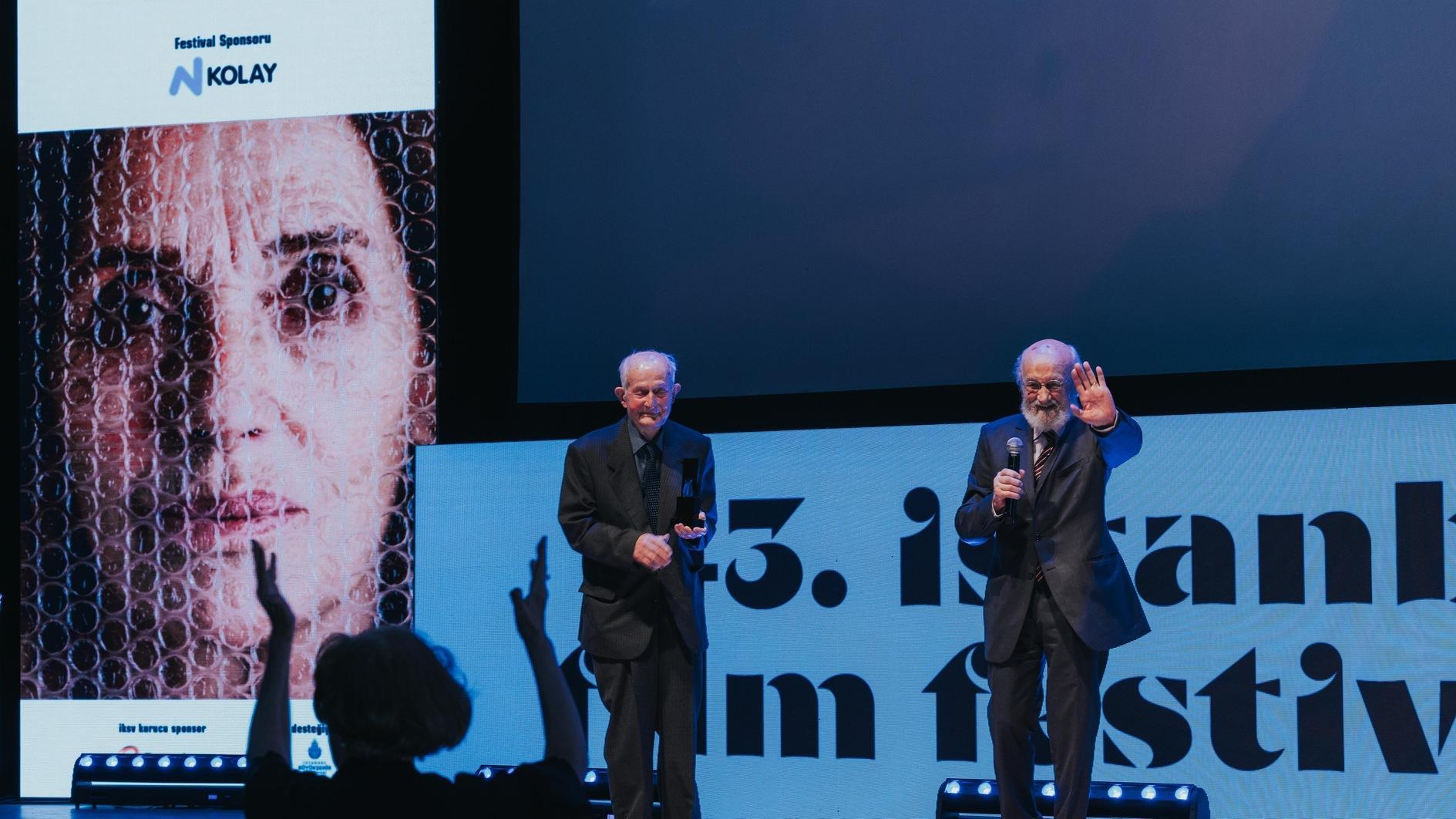Coffee stories
Aylin Öney Tan - aylinoneytan@yahoo.com
 I got the news probably earlier than most, definitely months before the Turkish press. It was about the launching of a new Turkish coffee brand by an Italian company. It was a shiny late March day, the sky was as blue as could be, the sun strong and bright, the snow refusing to melt. We were right at the center of Villaggio Olimpico in Sestriere on the sun-deck overlooking the Agnelli Piste, trying to soak in as much sunlight as possible. The weather was too good to be true; just two days before, a blizzard had threatened to cancel the racing events. This was Sestriere, up in the mountains of Torino, for the annual meeting of SCIJ - Ski Club International des Journalistes coinciding with the 10th anniversary of the Torino Winter Olympics. Just as I seated myself in a deck chair, Stefano from the Italian team grabbed my arm, dragging me to a young woman. That’s how I met Carolina Vergnano, from the family of Caffè Vergnano, one of the sponsors of the SCIJ meeting in Sestriere.
I got the news probably earlier than most, definitely months before the Turkish press. It was about the launching of a new Turkish coffee brand by an Italian company. It was a shiny late March day, the sky was as blue as could be, the sun strong and bright, the snow refusing to melt. We were right at the center of Villaggio Olimpico in Sestriere on the sun-deck overlooking the Agnelli Piste, trying to soak in as much sunlight as possible. The weather was too good to be true; just two days before, a blizzard had threatened to cancel the racing events. This was Sestriere, up in the mountains of Torino, for the annual meeting of SCIJ - Ski Club International des Journalistes coinciding with the 10th anniversary of the Torino Winter Olympics. Just as I seated myself in a deck chair, Stefano from the Italian team grabbed my arm, dragging me to a young woman. That’s how I met Carolina Vergnano, from the family of Caffè Vergnano, one of the sponsors of the SCIJ meeting in Sestriere. Carolina was already surrounded by the food writers among our group of journalists, speedily answering questions. She was vivacious, quick and sharp, her name could well be “Allegra;” I was soon to discover why.
My Romanian colleague was clever to come up with one simple question: How many cups of coffee do you drink a day? The answer was as swift as it could be: Eleven. Then she continued: “One espresso at 6:30 when I get up; one an hour later, another one when I arrive at the office, and so on...” After so many cups of coffee, one could definitely not stay still – and thus the reason for her effervescent energy. I was soon to discover a well-kept secret of Vergnano’s: They were planning to launch a new product, a Turkish coffee.
Returning back to Turkey, I called Ülkü Kahraman Houssein, representative of Caffè Vergnano 1882 in Turkey.
She is as vivacious as Carolina, always perky, bubbly and smiling, like a cloud of positive energy. The moment she answered the phone, without letting me speak first, she asked: “It must have been you who was in Italy?” So apparently they were quick to exchange the news, Carolina had told Ülkü about meeting a Turkish journalist; Ülkü had spotted it instantly, thinking it must be me. At once I learned all the story behind the news; it was a series of initiatives taken by proactive people like these two enthusiastic ladies. It was true that a foreign brand, an Italian one, was launching a Turkish coffee, and not only for the Turkish market but also to be available on the international market. It started almost like a joke.
It was Osman Serim, one of the founders of the Turkish Coffee Association, that teased Ülkü about suggesting to Vergnano to initiate their Turkish line; then Ülkü started to play with the idea in her head, only to discover that father Vergnano was already a fan of Turkish coffee, enjoying a cup several times a day. The idea was soon to materialize with a series of experiments. Ülkü gathered a collection of samples from brands available on the Turkish market, sent them to Torino, where they did several tastings and started to experiment for their own version. They first came with a four-bean blend, which is quite unusual for Turkish coffee, as it was originally 100 percent Arabica from Ethiopia, but gradually almost all on the market switched to Rio Minas Arabica from Brazil, though unfortunately not of high quality. The blend was a mix of Brazil, Guatemala, Colombia and Ethiopia. The first batch that arrived in Istanbul was good as coffee, but it was not yet Turkish; it was simply not ground finely enough. Ülkü requested the beans whole, and had them ground to the fineness, almost like powder. The grinding machines in Torino were adjusted accordingly, and to ensure the right cooking method, Ülkü had also an Okka Turkish coffee machine by Arzum shipped to Italy for the tastings. The next step was the tastings in Turkey. Ülkü distributed the first samples to several friends and coffee aficionados she knew, relaying the comments to Torino. This tasting exchange between Torino and Istanbul continued until the coffee was almost ready to be marketed, but Carlo Vergnano, uncle of Carolina, was not totally convinced. There was something lacking. Finally he nailed it and added a minor amount of Rio Minas, which has become associated with the taste of Turkish coffee. One final touch came from Ülkü herself.
Every package of Caffè Vergnano 1882 is traditionally black, but that just did not seem right; so she took a daring step and suggested a very Turkish turquoise for the packaging.
Ülkü’s surname Kahraman means “Hero” in Turkish; so she had been the heroine of this new brand, from pushing it in the first place, up to the final idea for the packaging. Welcomed by the family, the design was a stylized Seljukid tile pattern, bright and cool, just like the Sestriere sky the day I met Carolina.












